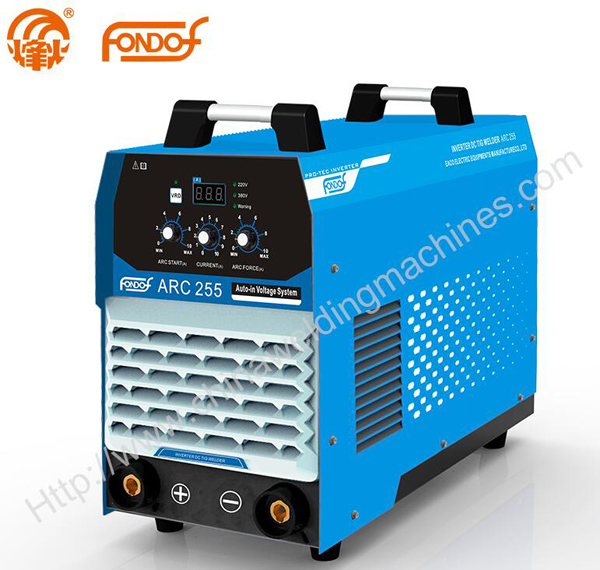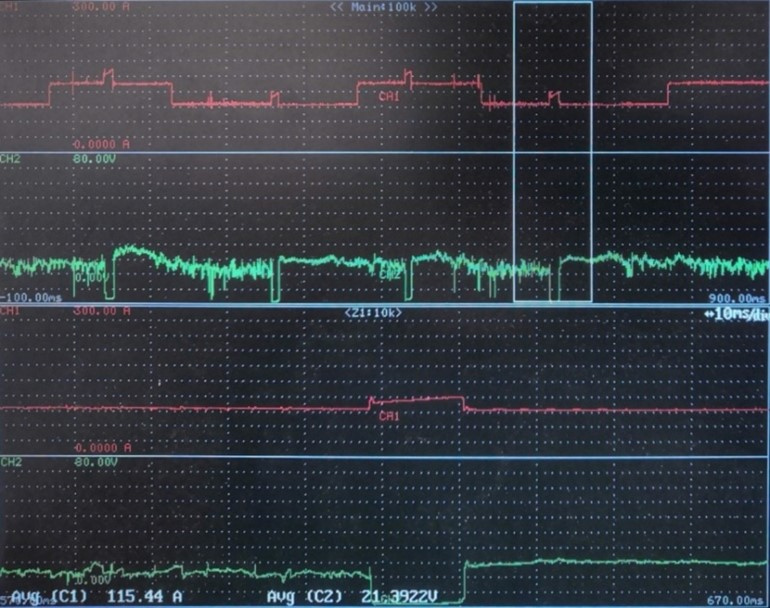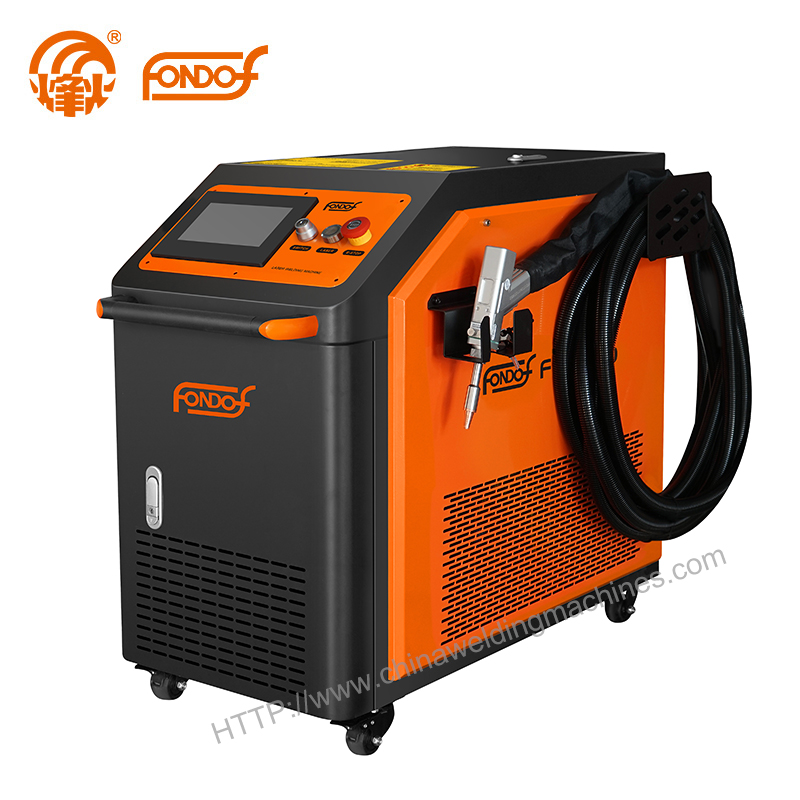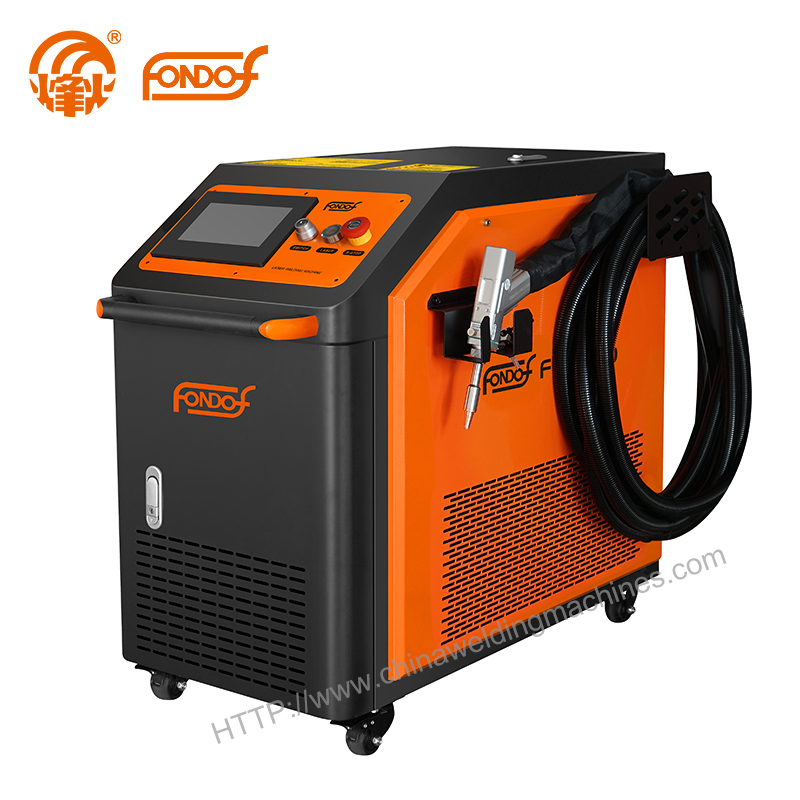Stick Welding Can Benefit from Pulsed Welding Current
 May. 12, 2022
May. 12, 2022
In recent decades, the role of stick welding (MMA) has become smaller and smaller as efficient welding processes such as MIG/MAG have taken over the welding industry. That's why most welding equipment manufacturers have focused their most important efforts on MIG/MAG welding rather than stick welding, and have introduced new features brought about by new power source technologies.
For example, pulsed MIG/MAG welding has been widely used for decades, but similar pulses of welding current are available for stick welding in only a few machines.

ARC 255(BC) welding machine
The principle of pulsed stick welding
In pulsed stick welding, the welding current varies between two levels at a user-selected frequency. The idea behind choosing two current levels is that when the average current is set close to the middle of the working range, both levels usually remain within a good working range of the electrode. In practice, this means that the lower current level is fixed at 70% of the higher current level and the user does not have to manage that ratio. To further simplify the adjustment process, a fixed value is also set for the ratio of the durations of these current levels. The higher current level lasts for 40% of the entire cycle.
The principle of operation is the same as for a normal stick weld, except that the current levels differ. The figure below illustrates the principle of pulsed stick welding.

Figure. Behavior of the welding current (red) and arc voltage (green) during pulsed stick welding with a 3.2 mm basic electrode at 115 A average current and 2.5 Hz frequency. The pulse has a high level of 140 A and a low level of 98 A. The curve below is an enlargement of the boxed area of the curve above and shows the behavior during the short circuit ton. The pulsed MMA function and its basic parameters are clearly displayed on one screen.
Applications and benefits
The pulsed stick welding function is optimized for basic welding rods, but is suitable for almost all rod types. Thanks to its freely adjustable frequency, the user can use this function in a variety of welding applications. In position welding, the lower current level helps to cool the molten pool, thus improving the controllability of the pool. Fillet welding allows the user to achieve higher travel speeds or use lower average currents, resulting in less heat input and thus less distortion. In root welding, it is easier to produce uniform results because higher current levels stir up the melt pool, thus reducing traces of human error. In addition, higher current levels result in smoother joints.
In addition to these application-specific advantages, pulsed stick welding offers the following general advantages over conventional stick welding.
● Keeping the travel speed constant is easy because the pulse frequency determines the speed of the weld.
● Reduced amount of residual spatter.
● The weld surface is smoother (at high pulse frequencies).
● Slag comes off more easily.
Although stick welding is considered a fairly simple welding process, it can be simplified or customized by the user to better meet the requirements of specific welding applications. However, few welding machines feature this improved stick welding process. EACO's new pulse feature is designed for ease of use, adding options for many different stick welding applications to make welding more efficient, higher quality, or simpler.




























